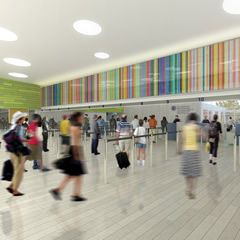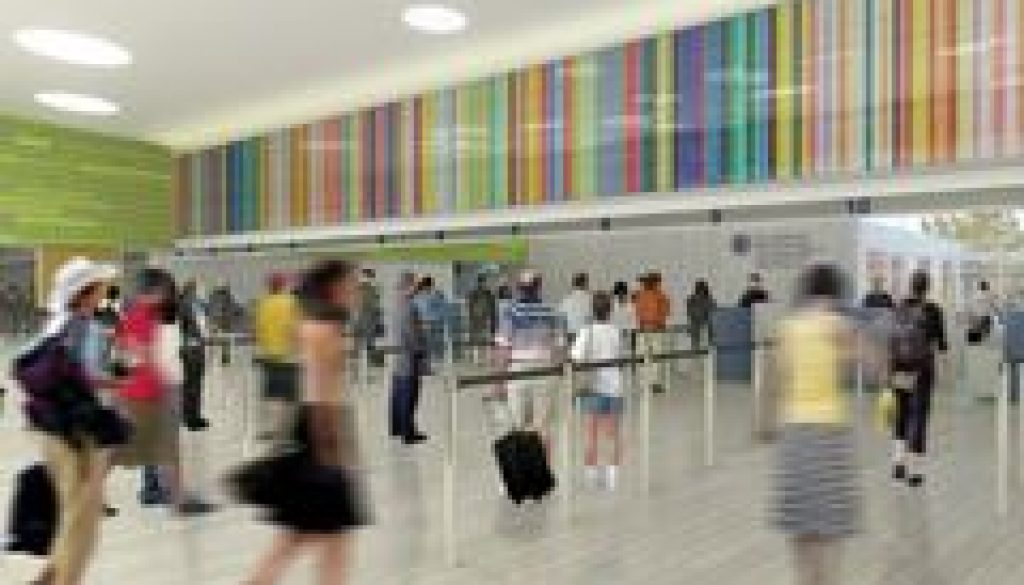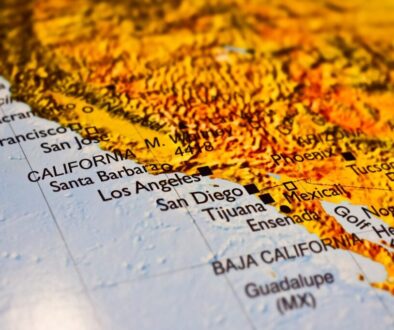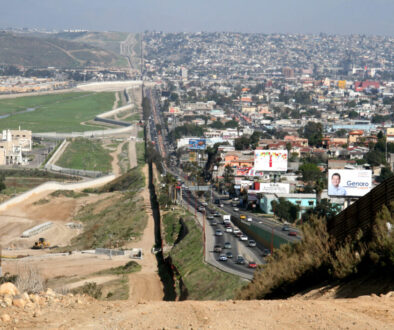Memorandum of construction of a new port of entry at Otay Mesa
 By Adina Moloman
By Adina Moloman
Source: California State Transportation Agency
California State Transportation Agency Secretary Brian P. Kelly and the Ministry of Communications and Transportation of the United Mexican States represented by the Infrastructure Sub-Secretary, Raul Murrieta signed July 30, 2014 a memorandum of understanding for the construction of a new port of entry at Otay Mesa.
The new Otay Mesa Port of entry will actually maximize the infrastructure that already exists at Otay Mesa Port of Entry I. It is important to know that Otay Mesa Port of entry I is still not open 24/7 and the insufficient infrastructure is translated in losses of billions of dollars of economic output and employment each year for the State of California and Baja California. Regularly the wait times are exceeding two and sometimes three hours per vehicle, thereby restricting the flow of people and goods.
The new port of entry is planed to become a high tech border crossing for light vehicles and commercial transportation, that will reduce the wait times especially for the transportation of goods manufactured in Mexican Maquiladoras, and also is considering the improving of health and environmental issues related to the border crossing.
According to CALSTA in 2013, $52 billion worth of goods moved across California-Mexico land ports of entry, of which $36 billion flowed through the San Diego-Tijuana region ports of entry.
The estimated cost of this project is around $750 million. There will be 35 lanes (27 in the North, and 8 in the South), built in four segments; first segment began construction in December 2013 and the operations will initiate by the end of 2017. On the Mexican side the Mexican Communications and Transportation Ministry is preparing to construct two direct access roadways and the new Otay II Port of Entry in the city of Tijuana, Baja California.
A bi-national, multiagency oversight committee with representatives from the Ministry of Communications and Transportation, and the State of California was also established to monitor the construction of the entire project. According to CALSTA the committee will focus on financing and revenue sharing, reducing air pollution and congestion; project management coordination and ensuring appropriate staffing for safety, security and efficiency of the ports of entry.





